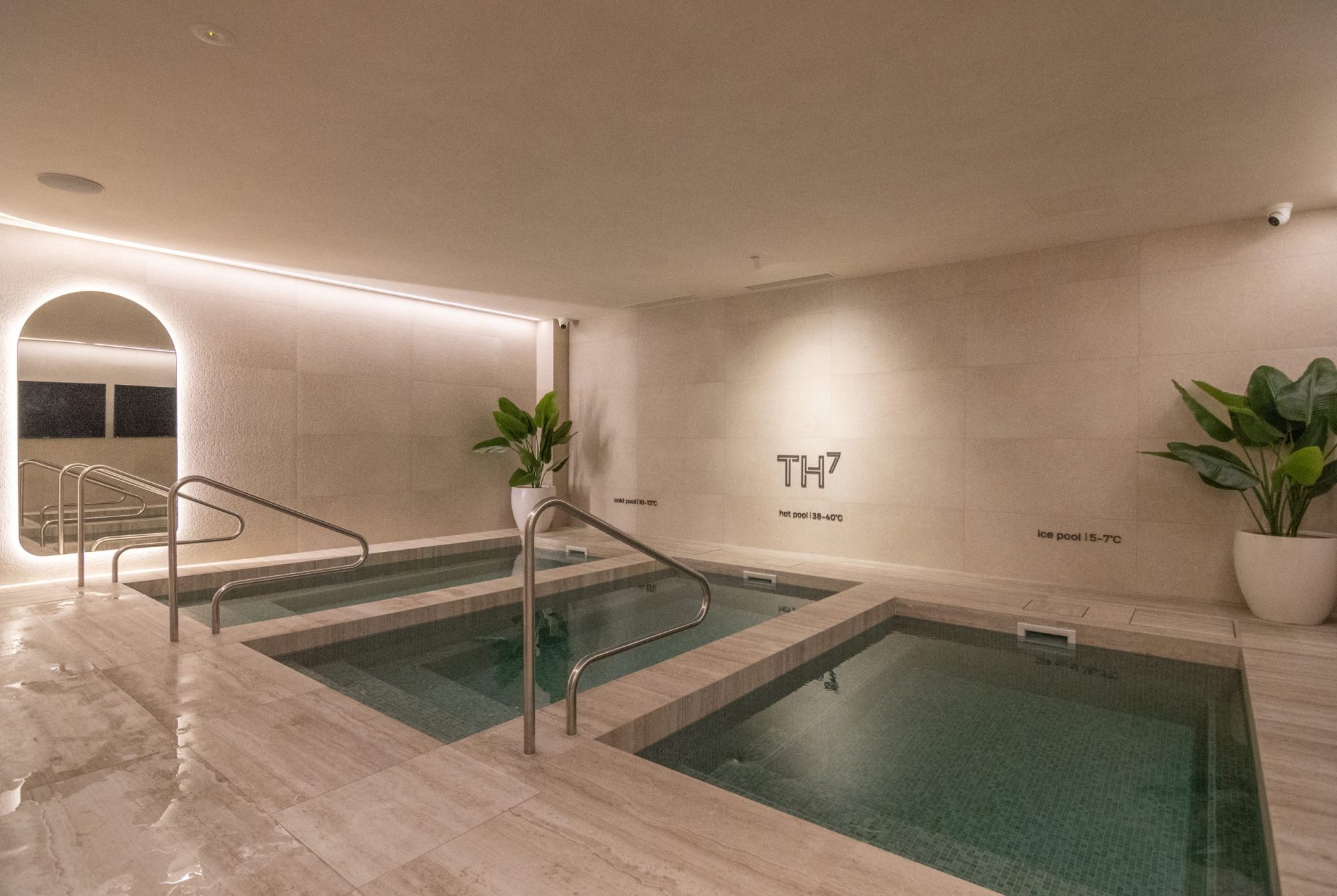When exposed to the cold of an ice bath the body undergoes multiple physiological adaptions that attempt to actively rewarm the body. Such responses to the cold work to improve blood flow, reduce inflammation, improve mental resilience and aid in muscle recovery.

Cold water therapy has the potential to stimulate your body’s immune system, according to some evidence. This suggests a possible improvement in your body’s ability to combat pathogens.
Research has explored whether regular practices such as cryotherapy, breathwork, and meditation could enhance antibodies in the body.
Subjects exposed to a bacterial infection, particularly those implementing these methods, exhibited fewer symptoms. They produced more antibodies and fewer cytokines in response to the bacteria.
The lymphatic system, an intricate network of tiny vessels throughout the entire body, serves as a crucial component for removing unwanted toxins from cells. In simple terms, it constantly processes toxins, cleansing the system.
This process relies on muscle contractions to pump fluid through the vessels, as the lymphatic system lacks a dedicated pump like the cardiovascular system. If the lymphatic system becomes congested with toxins, it may slow down, becoming less effective and allowing toxins to accumulate.
During an ice bath, the cold temperatures prompt the contraction of lymph vessels, activating the lymphatic system to flush lymph fluids back into the system through the lymph nodes. This action mobilizes the white blood cell brigade, also known as the immune system, to attack any unwanted foreign bodies in the fluid.
Cold water therapy, a recovery technique, has demonstrated its ability to reduce inflammation and alleviate DOMS (delayed onset muscle soreness). This is achieved through the improvement of blood circulation and the constriction of blood vessels.
Cold exposure has shown to lower blood sugar levels. However, individuals with diabetes should consult with a healthcare professional before attempting ice bath therapy.
Immersing the body in cold water can significantly impact stress levels, primarily due to the stimulation of noradrenaline, a key player in mood regulation, as mentioned earlier.
Many medical professionals acknowledge that cold temperatures are effective in alleviating swelling and inflammation.
Consider an ice pack applied to a sprained ankle; it achieves this by constricting blood vessels, thereby reducing swelling and buffering the nervous system, leading to pain reduction. This makes immersing the body in cold water an evident treatment for managing injured athletes or assisting in the recovery process.
Detox
When you immerse your body in an ice bath, the body initially responds by constricting blood vessels. This is a physiological reaction known as vasoconstriction.
This constriction helps preserve core body temperature by directing blood toward vital organs, in turn reducing inflammation and swelling throughout the body. Further, upon exiting an ice bath the body then actively attempts to re-warm itself by recirculating blood back towards the extremities. The changes in blood flow both during and following an ice bath allow for more oxygen and nutrients to be transported to the organs, muscles and tissues within the body. This is particularly beneficial for healing injuries, reducing muscle fatigue and decreasing inflammation within the body.
While stress is typically framed as a negative physiological state, placing your body under mild stressors such as that offered by an ice bath has been found to have profound benefits for your mood. Specifically, the stress response induced by the cold of an ice bath has been found to lead to significant and lasting increases in dopamine and noradrenaline, neurochemicals responsible for improving mood, focus and attention. In addition to these profound increases in dopamine and noradrenaline, by programming the body to adapt to the mild stress of the cold, individuals train themselves to feel more capable of overcoming other unrelated stressors in the future.
Want to experience the benefits of ice baths for yourself? Why not schedule a session today?

We use the most up to date research to match protocols with health outcomes.
Engine
1437 Logan Road
21 longland street
91 Noosa Drive, Noosa, Qld
196 Montague Rd, West End, Qld
26 Queens Way
We cannot serve you if are: Pregnant, under the age of 16, or seriously ill. If you fit these categories please do not book. Before using our facilities you will be required to sign our liability waiver
We cannot serve you if are: Pregnant, under the age of 16, or seriously ill. Before using our facilities you will be required to sign our liability waiver.